The 10 Best Free AI Tools for Students Learning AI in 2025
Introduction: AI – The Student’s New Superpower
In today’s rapidly evolving educational landscape, artificial intelligence is no longer just a futuristic concept; it’s a practical tool that can revolutionize how students learn, research, and complete assignments. From simplifying complex topics to automating tedious tasks, AI offers unprecedented opportunities for academic growth. However, with countless AI tools emerging, it can be challenging for students to identify which ones are genuinely beneficial and, crucially, free.
This comprehensive guide is designed specifically for students eager to integrate AI into their learning journey. We will explore the top free AI tools for students learning AI, focusing on their utility, ease of use, and how they can enhance various aspects of academic life. Whether you’re grappling with complex theories, writing research papers, or diving into data analysis, these tools can become your indispensable allies, helping you learn smarter, not just harder.
1. General AI Assistants: Your Everyday Study Buddies
These versatile AI chatbots can assist with a wide array of academic tasks, acting as personal tutors, brainstorming partners, and quick knowledge sources.
- ChatGPT (OpenAI)
- What it is: A powerful conversational AI model capable of understanding and generating human-like text based on prompts. It’s a general-purpose AI that can adapt to various tasks.
- How students can use it:
- Explaining Concepts: Ask ChatGPT to explain complex topics (e.g., “Explain quantum physics in simple terms for a high school student”).
- Brainstorming Ideas: Generate essay outlines, project ideas, or debate points for any subject.
- Drafting Content: Get help drafting emails to professors, initial paragraphs for essays, or summaries of readings.
- Language Practice: Practice writing in a new language or ask for grammar corrections.
- Why it’s great for students: Its conversational interface makes it incredibly intuitive. Students can refine their understanding by asking follow-up questions, making it an interactive learning experience. The free tier offers substantial functionality for daily academic needs.
- Google Gemini (Google)
- What it is: Google’s advanced AI model, designed for multimodal understanding and generation, seamlessly integrated with Google’s ecosystem.
- How students can use it:
- Integrated Research: Directly pull information from Google Search, Google Docs, Gmail, and YouTube to answer questions or summarize content. For example, “Summarize this PDF from my Google Drive about the French Revolution.”
- Visual Learning: Generate images to visualize concepts or create compelling presentation slides.
- Problem Solving: Get step-by-step solutions for math problems or explanations for scientific phenomena.
- Why it’s great for students: For students already using Google Workspace, Gemini offers unparalleled convenience. Its ability to access real-time information and integrate with familiar tools means less time switching apps and more time learning. The conversational approach helps students explore topics deeply.
- Claude (Anthropic)
- What it is: An AI assistant known for its strong performance in handling long texts, complex reasoning, and providing thoughtful, less “robotic” responses.
- How students can use it:
- Long Document Analysis: Upload and ask Claude to summarize lengthy research papers, textbooks, or lecture notes.
- Complex Problem Breakdown: Request detailed explanations for intricate problems, breaking them down into manageable steps.
- Creative Writing Assistance: Get help with story plots, character development, or poetic structures, leveraging its creative capabilities.
- Why it’s great for students: Claude’s strength in processing extensive information makes it ideal for in-depth study and research. Its focus on safety and helpfulness ensures reliable and ethical assistance, fostering a trustworthy learning environment for students tackling challenging academic tasks.
2. Learning & Research Tools: Deepening Your Understanding
These AI tools go beyond basic chatbots, offering specialized functionalities to enhance research, organize information, and deepen comprehension.
- Perplexity AI
- What it is: An AI-powered search engine that provides direct answers to questions, complete with sources and citations, rather than just a list of links.
- How students can use it:
- Cited Research: Get quick, reliable answers to specific questions with direct links to the source material, perfect for academic integrity.
- Topic Exploration: Explore new subjects by asking broad questions and receiving a concise overview with related queries.
- Summarizing Web Pages: Paste a URL and ask Perplexity to summarize the content, saving time on reading lengthy articles.
- Why it’s great for students: Perplexity AI is a game-changer for research. By providing sources, it teaches students the importance of verifying information and helps them build strong bibliographies, a crucial skill for academic writing.
- Wolfram Alpha
- What it is: A computational knowledge engine that answers factual queries by computing results from its vast curated data, rather than just searching the web.
- How students can use it:
- Math & Science Problems: Solve complex equations, analyze functions, or get step-by-step solutions for physics and chemistry problems.
- Statistical Analysis: Input data sets for instant statistical analysis, graphing, and interpretation.
- Factual Lookups: Get precise facts on historical events, scientific constants, geographical data, and more.
- Why it’s great for students: Wolfram Alpha is indispensable for STEM students. It provides accurate, computed answers and detailed explanations, helping students understand the underlying principles of various subjects. Its precise nature makes it a reliable tool for verification and deep learning.
- Elicit
- What it is: An AI research assistant that helps students and researchers find relevant academic papers, summarize key takeaways, and extract information from documents.
- How students can use it:
- Literature Review: Input a research question, and Elicit will find relevant papers, summarize their abstracts, and identify key findings.
- Information Extraction: Ask Elicit to extract specific information (e.g., “What are the main limitations of this study?”) from a PDF.
- Identifying Concepts: Discover core concepts and arguments across multiple papers related to a topic.
- Why it’s great for students: Elicit streamlines the often-overwhelming process of literature review, making it much more efficient for students working on essays, theses, or dissertations. It helps students quickly grasp the essence of academic papers and identify connections between different studies.
3. Writing & Study Aids: Polishing Your Academic Output
These AI tools focus on improving the quality, clarity, and organization of written assignments and study materials.
- Grammarly
- What it is: An AI-powered writing assistant that checks for grammar, spelling, punctuation, clarity, engagement, and delivery mistakes.
- How students can use it:
- Proofreading: Ensure essays, reports, and emails are free of grammatical errors and typos.
- Clarity & Conciseness: Receive suggestions to make sentences clearer, more concise, and easier to understand.
- Plagiarism Detection: (Premium feature, but basic checks are often enough to catch accidental similarities) helps ensure originality.
- Why it’s great for students: Grammarly is a non-negotiable tool for academic writing. It not only corrects mistakes but also educates students on common errors, helping them improve their writing skills over time. The free version is powerful enough for most daily tasks.
- QuillBot
- What it is: An AI paraphrasing and summarizing tool that helps users rewrite text, improve fluency, and condense information.
- How students can use it:
- Paraphrasing: Rewrite sentences or paragraphs to avoid unintentional plagiarism while maintaining the original meaning.
- Summarizing: Quickly condense long articles or chapters into shorter, digestible summaries for study notes.
- Vocabulary Enhancement: Explore different word choices and sentence structures to enrich writing.
- Why it’s great for students: QuillBot is invaluable for academic integrity and improving writing style. It helps students understand how to rephrase information effectively, a critical skill for research papers and essays. The free version offers substantial daily usage for most students.
- Notion AI
- What it is: An AI assistant integrated directly into the Notion workspace, enabling AI capabilities within notes, documents, and databases.
- How students can use it:
- Note Summarization: Automatically summarize long meeting notes, lecture transcripts, or research findings within Notion pages.
- Drafting Content: Generate initial drafts for essays, study guides, or project proposals directly in your workspace.
- Brainstorming & Organizing: Ask Notion AI to brainstorm ideas, create outlines, or organize unstructured notes into structured formats.
- Why it’s great for students: For students who use Notion for organization, Notion AI is a seamless addition that supercharges their existing workflow. It turns a powerful note-taking tool into an intelligent academic assistant, making it one of the top free AI tools for students learning AI for organization.
4. Coding & Data Science Tools (Beginner-Friendly): Exploring the Technical Side of AI
For students interested in the more technical aspects of AI, these tools provide accessible platforms for learning coding, experimenting with machine learning, and working with data, all without complex setup.
- Google Colaboratory (Colab)
- What it is: A free, cloud-based Jupyter notebook environment that allows you to write and execute Python code directly in your browser, with access to free GPUs.
- How students can use it:
- Learn Python & ML: Practice coding in Python, experiment with machine learning libraries (TensorFlow, PyTorch), and run data analysis scripts without local setup.
- Share Projects: Easily share notebooks with classmates or instructors for collaboration and feedback.
- Access to Compute Power: Utilize free GPUs for more demanding computations, which is crucial for AI and machine learning projects.
- Why it’s great for students: Colab removes the barrier of setting up a local development environment, making it incredibly easy to start coding and experimenting with AI. It’s an essential tool for any student looking to get hands-on experience with AI development.
- Kaggle
- What it is: A community platform for data scientists and machine learning engineers, offering free datasets, code notebooks (Kaggle Kernels), and competitions.
- How students can use it:
- Access Datasets: Find and download real-world datasets for projects, research, or learning purposes.
- Learn from Community Code: Explore publicly shared notebooks to see how others approach data analysis and machine learning problems.
- Practice & Compete: Participate in competitions to apply learned skills and gain practical experience.
- Why it’s great for students: Kaggle provides a rich ecosystem for hands-on learning in data science and AI. It bridges the gap between theoretical knowledge and practical application, allowing students to work with real data and learn from a global community of experts.
Conclusion: Empowering Your Academic Journey with AI
The integration of AI into education is no longer a future concept but a present reality. The top free AI tools for students learning AI offer an incredible opportunity to enhance academic performance, streamline workflows, and develop critical skills for the digital age. From general AI assistants that can explain complex theories to specialized tools for research, writing, and even coding, these platforms are designed to be intuitive and accessible, requiring no prior coding knowledge.
By embracing tools like ChatGPT, Google Gemini, Grammarly, Perplexity AI, and Google Colab, students can significantly boost their productivity, improve the quality of their work, and gain a deeper understanding of their subjects. Remember, these tools are designed to assist, not replace, your critical thinking and creativity. Use them wisely, always verify information, and integrate them thoughtfully into your study habits. The future of learning is collaborative, and AI is ready to be your most powerful academic partner.
Keywords
top free AI tools for students learning AI, free AI tools for students, AI for students, AI learning tools, AI research tools, AI writing tools for students, free AI productivity apps, no-code AI for education, student AI tools, AI in academia
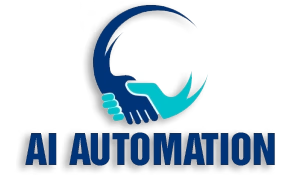
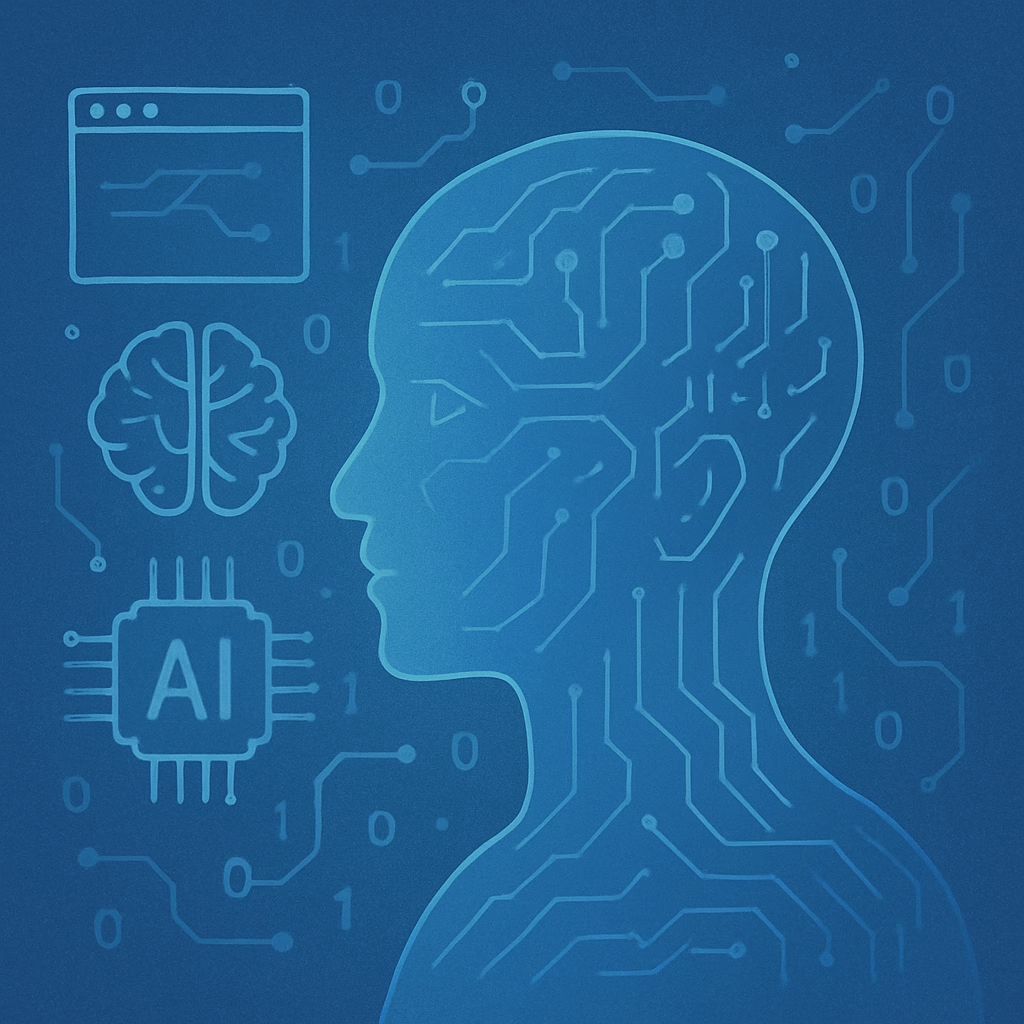

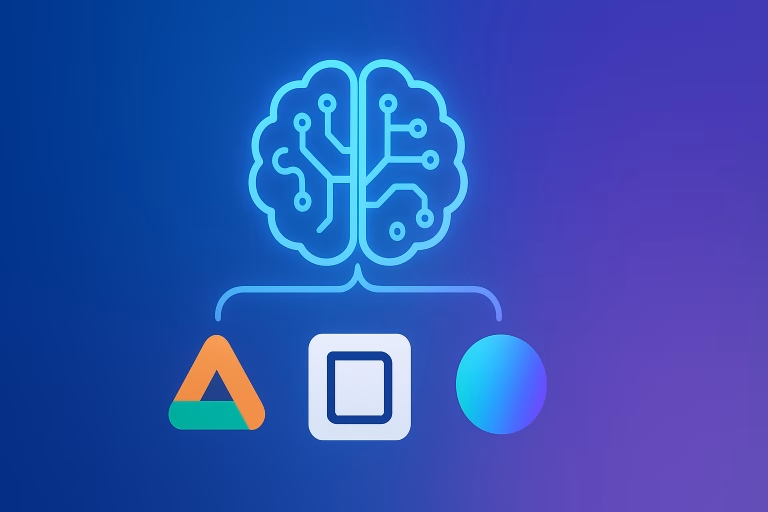
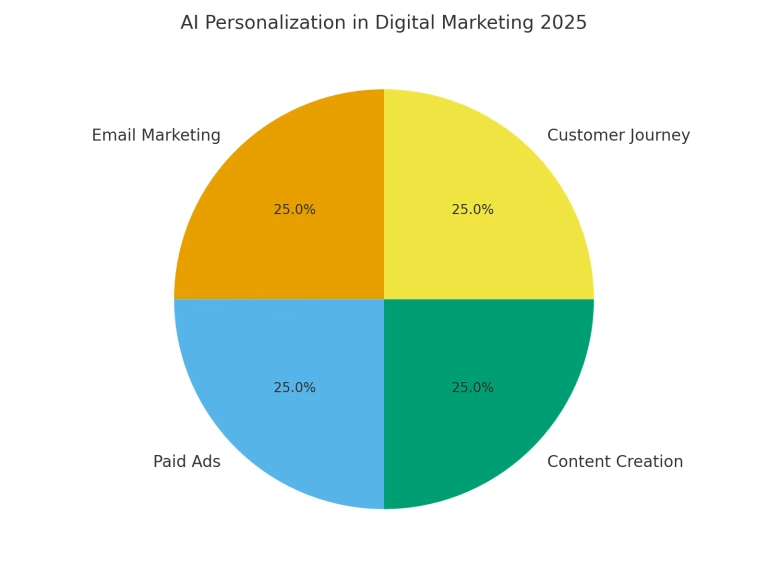

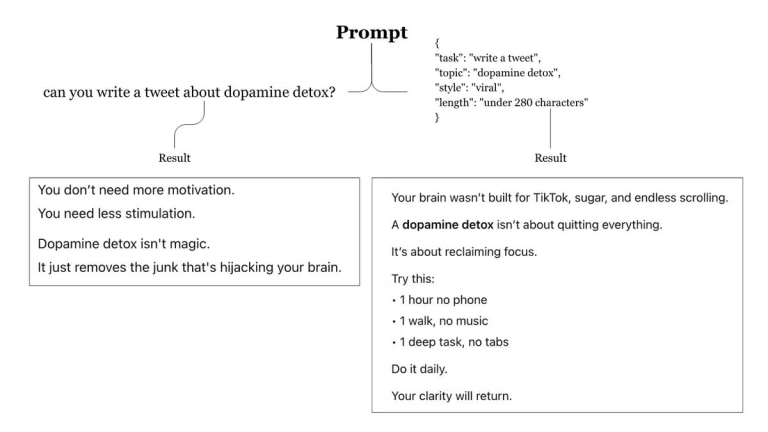

**neurosharp**
neurosharp is a high-quality cognitive support formula made to elevate memory, attention, and overall mental performance.
**sugarmute**
sugarmute is a science-guided nutritional supplement created to help maintain balanced blood sugar while supporting steady energy and mental clarity.
**gl pro**
gl pro is a natural dietary supplement designed to promote balanced blood sugar levels and curb sugar cravings.
**prostadine**
prostadine is a next-generation prostate support formula designed to help maintain, restore, and enhance optimal male prostate performance.
**prodentim**
prodentim an advanced probiotic formulation designed to support exceptional oral hygiene while fortifying teeth and gums.
**nitric boost**
nitric boost is a dietary formula crafted to enhance vitality and promote overall well-being.
**glucore**
glucore is a nutritional supplement that is given to patients daily to assist in maintaining healthy blood sugar and metabolic rates.
**vittaburn**
vittaburn is a liquid dietary supplement formulated to support healthy weight reduction by increasing metabolic rate, reducing hunger, and promoting fat loss.
**synaptigen**
synaptigen is a next-generation brain support supplement that blends natural nootropics, adaptogens
**mitolyn**
mitolyn a nature-inspired supplement crafted to elevate metabolic activity and support sustainable weight management.
**zencortex**
zencortex contains only the natural ingredients that are effective in supporting incredible hearing naturally.
**yu sleep**
yusleep is a gentle, nano-enhanced nightly blend designed to help you drift off quickly, stay asleep longer, and wake feeling clear.
**wildgut**
wildgutis a precision-crafted nutritional blend designed to nurture your dog’s digestive tract.
**breathe**
breathe is a plant-powered tincture crafted to promote lung performance and enhance your breathing quality.
**pineal xt**
pinealxt is a revolutionary supplement that promotes proper pineal gland function and energy levels to support healthy body function.
**energeia**
energeia is the first and only recipe that targets the root cause of stubborn belly fat and Deadly visceral fat.
**boostaro**
boostaro is a specially crafted dietary supplement for men who want to elevate their overall health and vitality.
**prostabliss**
prostabliss is a carefully developed dietary formula aimed at nurturing prostate vitality and improving urinary comfort.
**potent stream**
potent stream is engineered to promote prostate well-being by counteracting the residue that can build up from hard-water minerals within the urinary tract.
**hepato burn**
hepato burn is a premium nutritional formula designed to enhance liver function, boost metabolism, and support natural fat breakdown.
**hepatoburn**
hepatoburn is a potent, plant-based formula created to promote optimal liver performance and naturally stimulate fat-burning mechanisms.
**flowforce max**
flowforce max delivers a forward-thinking, plant-focused way to support prostate health—while also helping maintain everyday energy, libido, and overall vitality.
**prodentim**
prodentim is a forward-thinking oral wellness blend crafted to nurture and maintain a balanced mouth microbiome.
**cellufend**
cellufend is a natural supplement developed to support balanced blood sugar levels through a blend of botanical extracts and essential nutrients.
**revitag**
revitag is a daily skin-support formula created to promote a healthy complexion and visibly diminish the appearance of skin tags.
**neuro genica**
neuro genica is a dietary supplement formulated to support nerve health and ease discomfort associated with neuropathy.
**sleeplean**
sleeplean is a US-trusted, naturally focused nighttime support formula that helps your body burn fat while you rest.
**memory lift**
memory lift is an innovative dietary formula designed to naturally nurture brain wellness and sharpen cognitive performance.